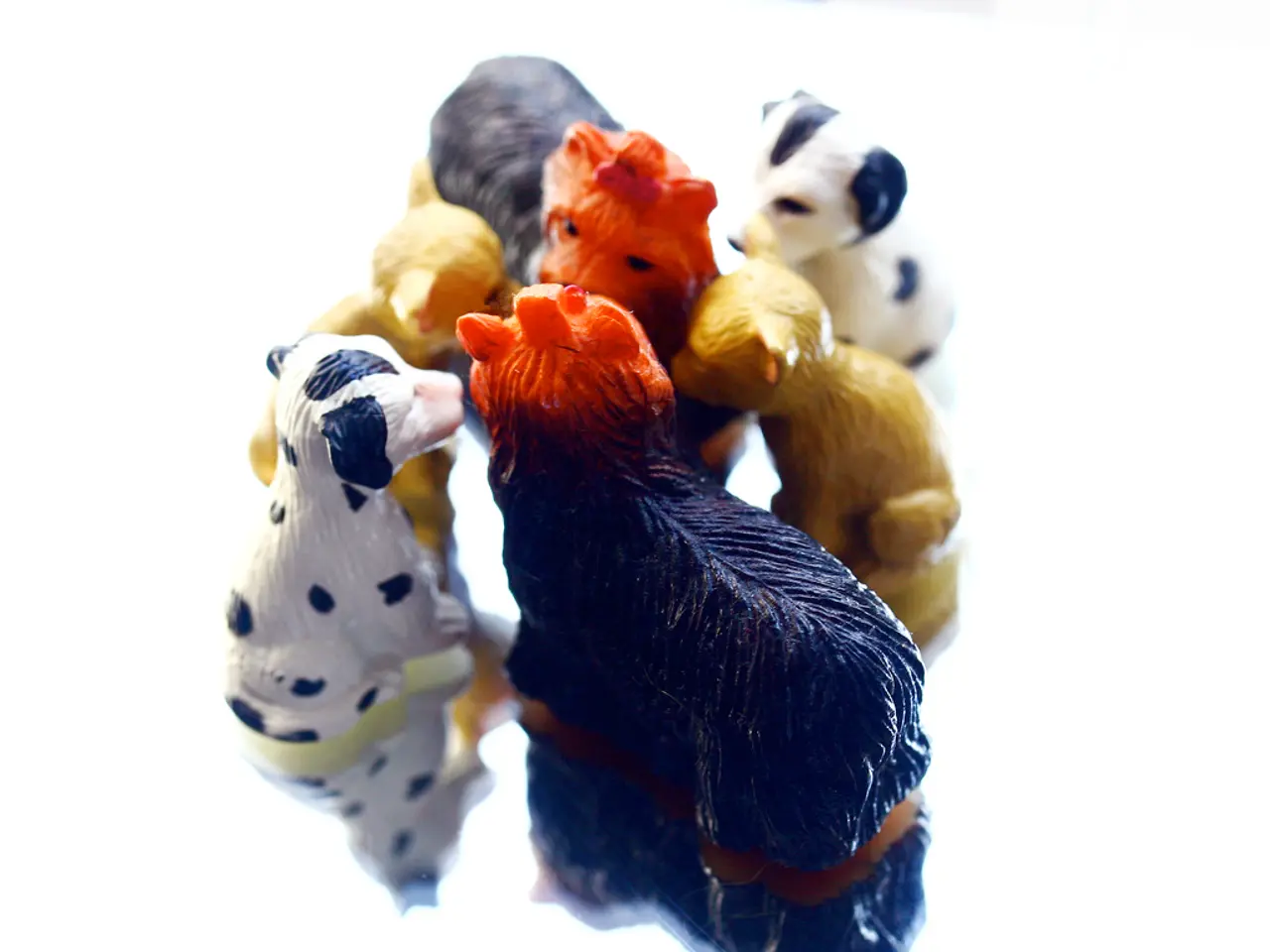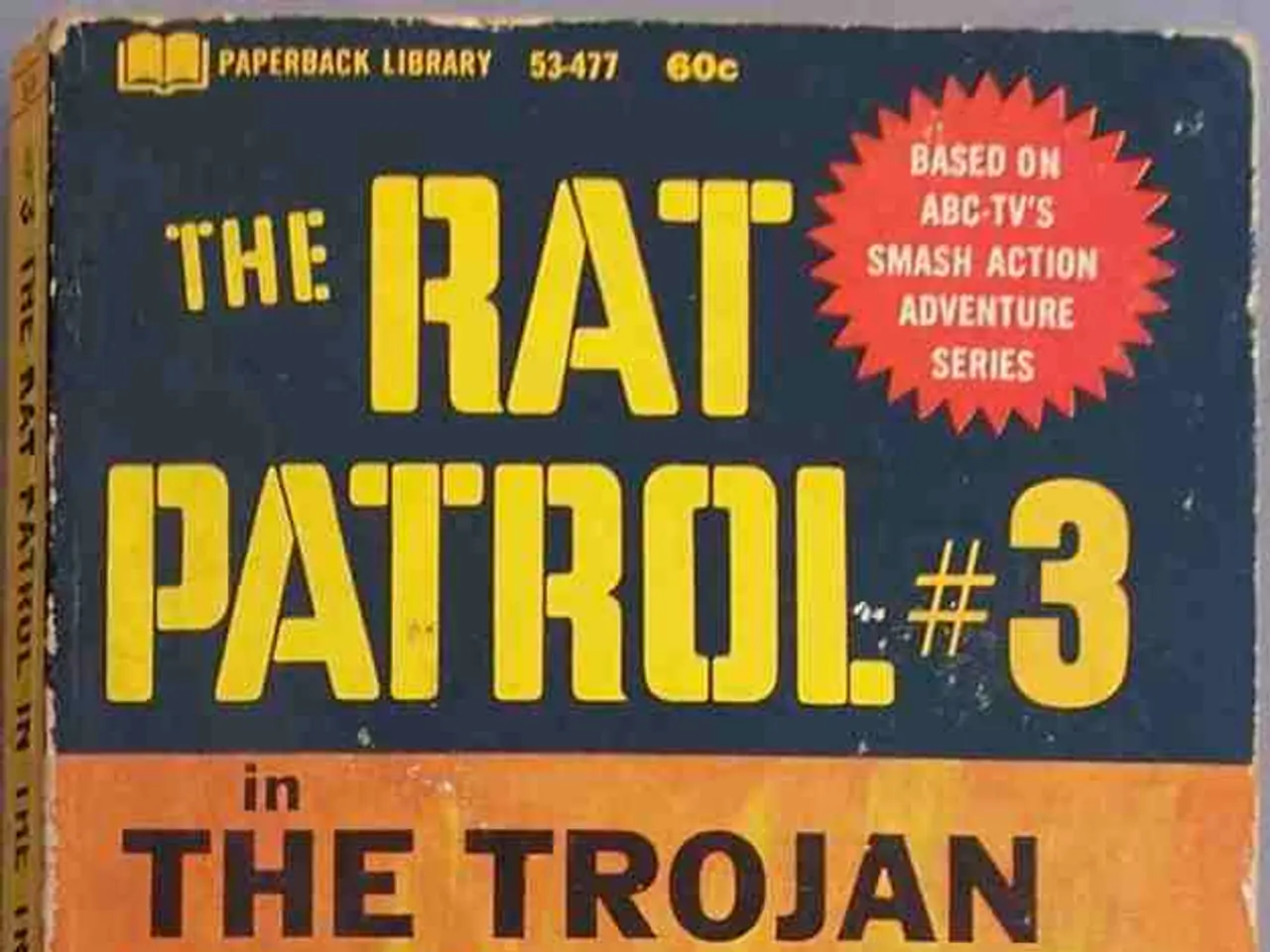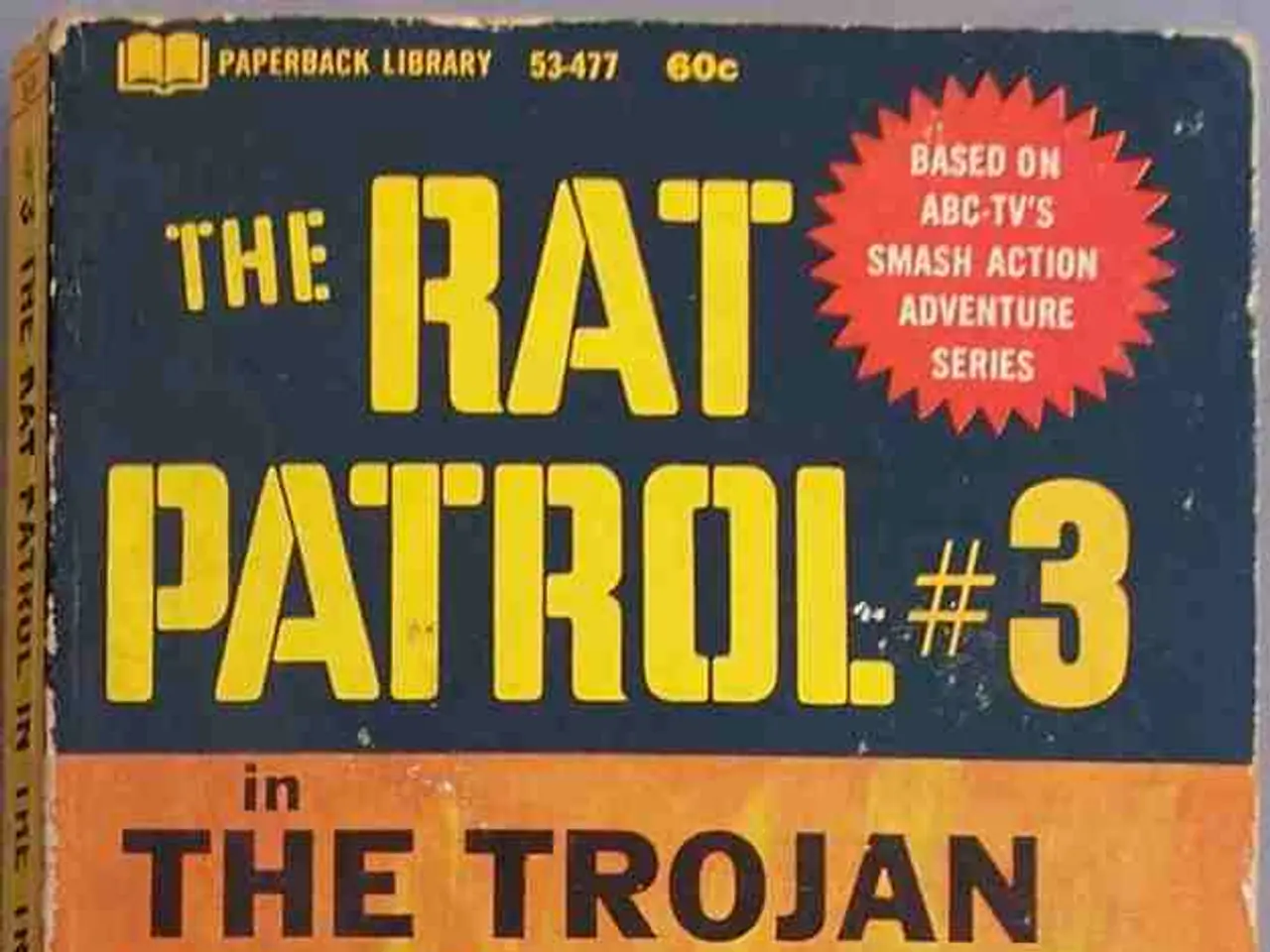Introducing Tiemi, the East German counterpart of Monchhichi, preceding Labubu's popularity.
In the heart of Germany's Ore Mountain region, the production of nutcracker dolls dates back to the late 19th century. This traditional German decoration, now a leading product, gained its iconic status through the globalized transmission of popular culture.
However, it's another plush toy that has captured the hearts of many - the Tiemi doll. Originating in 1974 East Germany, the Tiemi was created as an alternative to the Western Monchhichi toy, which was banned from import and sale in East Germany due to restrictions on capitalist consumer goods.
Designed by Susanne Tieme and manufactured in Sonneberg, a town known for its toy production since the early 20th century, the Tiemi doll quickly became popular among East German children and was exported across other Eastern Bloc countries. Its distinct plush design and gentle expression made it an iconic companion for a generation growing up behind the Iron Curtain.
Following German reunification in 1990, the Sonneberg factory was privatized, and production of Tiemi was discontinued. Today, the Tiemi doll has become a collectible item, with vintage pieces sought after by toy enthusiasts interested in former East German memorabilia. Unlike the Monchhichi, the Tiemi avoided direct authenticity controversies by having a unique name and identity tied to the GDR’s toy industry.
Meanwhile, the Monchhichi doll, created by Japanese designer Yoshiharu Washino for the Sekiguchi Corporation in the 1980s, was first exposed to the international market at the Nuremberg Toy Fair in 1975. By the late 1970s, more Monchhichis were sold in Germany than in Japan. The doll was relaunched in the United States in 2004 to mark the 30th anniversary of the toy.
Today, Monchhichi marketers target young adults drawn to quirky-nostalgic trends, rather than children. In fact, the Monchhichi is considered the "ancestor" of the plush creepy-cute monster Labubu, with celebrity collectors including Blackpink's Lisa, Rihanna, Dua Lipa, and David Beckham.
The nutcracker, on the other hand, has a richer historical background. Heinrich Hoffmann wrote his own version of E.T.A. Hoffmann's story, titled "King Nutcracker or The Dream of Poor Reinhold," and published it in Germany in 1851. By the early 20th century, traditional nutcrackers took on the attributes of figures of authority, such as kings, soldiers, forest guards or policemen. Jacob Grimm described wooden nutcrackers as protective figures of strength and power in his treatise on Germanic mythology in 1835.
Steinbach, the largest German producer of traditional nutcrackers, develops new collectible models every year. The new Pop Mart store, located in Berlin, is the first Pop Mart store in Germany, offering a mix of both traditional nutcrackers and modern plush toys like the Tiemi and Monchhichi.
In summary, the Tiemi doll and the Monchhichi have unique histories, each offering a glimpse into different cultural and political periods in Germany and beyond. The Tiemi, a version of the Monchhichi doll, was produced in East Germany (German Democratic Republic) due to the ban on capitalist consumer items, while the Monchhichi, with its quirky-nostalgic appeal, continues to captivate collectors worldwide. The nutcracker, with its rich historical background, remains a symbol of German culture and tradition.
References: [1] "Tiemi Doll," Wikipedia, https://en.wikipedia.org/wiki/Tiemi_doll [2] "The Tiemi Doll: A Cold War Toy," Spiegel Online, https://www.spiegel.de/international/germany/the-tiemi-doll-a-cold-war-toy-a-1035620.html [3] "Tiemi Doll," DDR Museum, https://ddrmuseum.de/en/exhibition/tiemi-doll/ [4] "Tiemi Doll," eBay, https://www.ebay.co.uk/bhp/tiemi-doll
- The international media often highlights the Tiemi doll's iconic status among former East German memorabilia, a plush toy that originated in Europe during the Cold War and became a leading product in the toy industry.
- Tiemi, Monchhichi, and nutcrackers have each made their mark on the world stage, with fashion-and-beauty and entertainment icons like Blackpink's Lisa, Rihanna, Dua Lipa, and David Beckham among collectors of the Monchhichi doll.
- Despite their differences, both the Tiemi doll and the Monchhichi showcase Europe's cultural diversity, as the Tiemi was created as an alternative to the Japanese-designed Monchhichi due to Cold War political restrictions.
- With Steinbach focusing on traditional nutcrackers and the new Pop Mart store offering a mix of classic nutcrackers and modern plush toys such as the Tiemi and Monchhichi, the world of fashion-and-beauty and entertainment toy collectibles continues to expand, reaching across Europe, America, and beyond.
- The international popularity of the Tiemi doll and the Monchhichi highlights pop-culture's ability to transcend political boundaries and bring people together, offering a shared experience that spans the globe.








